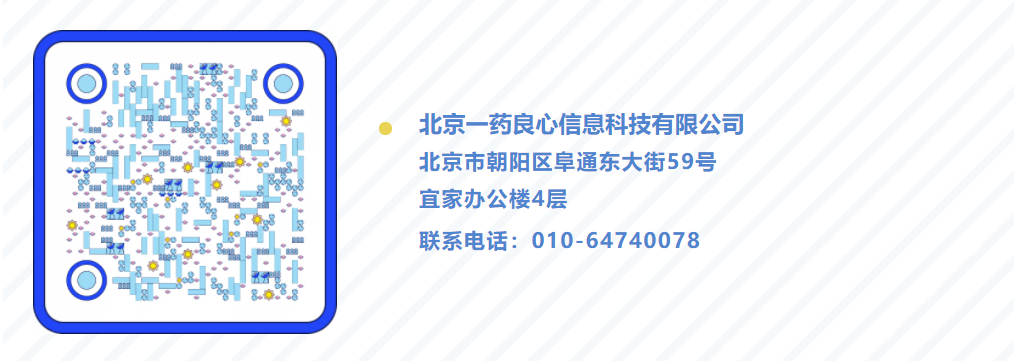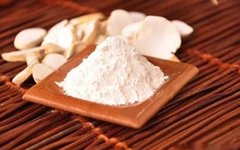Click the blue text

Follow us


Traditional Chinese medicine (TCM) formulas come in various forms, which refer to the specific shapes created based on the condition and characteristics of the herbs. Different forms of medicinal preparations have distinct appearances and applications. So, what is “San” in TCM formulas?
What is “San”?
San (散) refers to powdered formulations made by grinding and mixing herbs into a fine powder, which can be used for internal or external applications. Internal San is typically ground into a fine powder and taken with warm water. The characteristics of San include ease of preparation, rapid absorption, conservation of precious herbs, and convenience for consumption and transport.
Internal and External Use of “San”

For internal use, San has advantages such as convenience, quick absorption, good efficacy, and conservation of valuable herbs, especially for aromatic herbs like She Xiang (麝香, Musk) and Bing Pian (冰片, Borneol), which are not suitable for decoction. Internal San can be classified into fine powder and coarse powder; fine powder can be taken directly, such as Qi Li San (七厘散); coarse powder can be boiled in water to extract the juice for consumption, such as Yin Qiao San (银翘散). For external use, San is often applied to conditions like sores, eczema, or burns. San can be sprinkled on wounds or used as a poultice to dispel sores or draw out toxins and promote tissue regeneration, such as Jin Huang San (金黄散) and Sheng Ji San (生肌散), allowing the medicine to directly contact the affected area, enhancing absorption and improving efficacy.
Editor: Xue Jian


